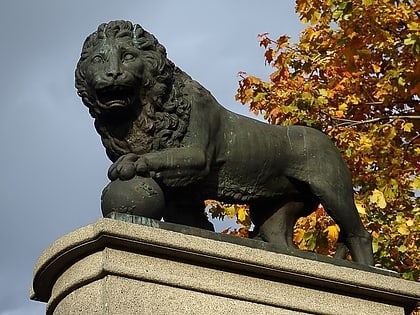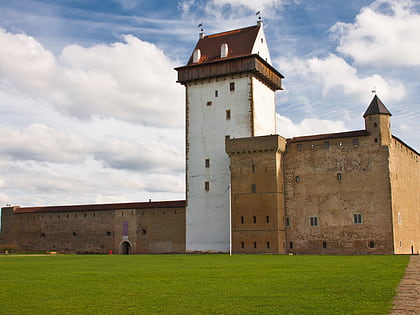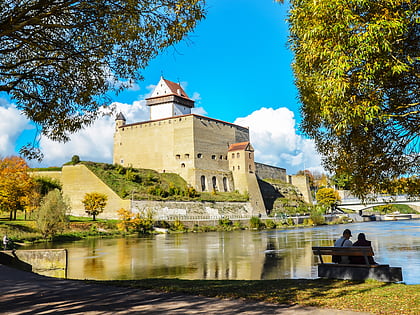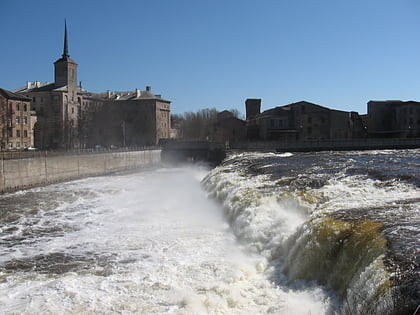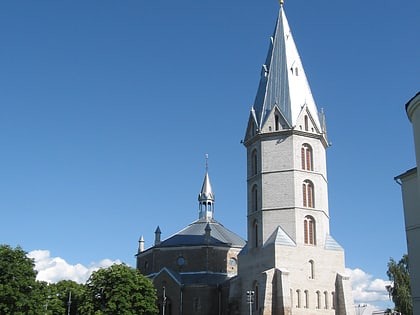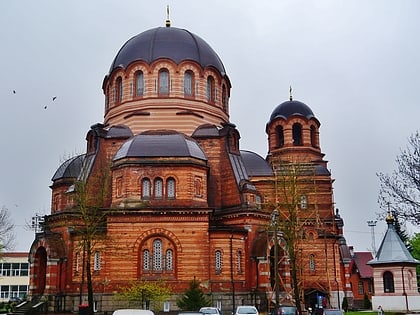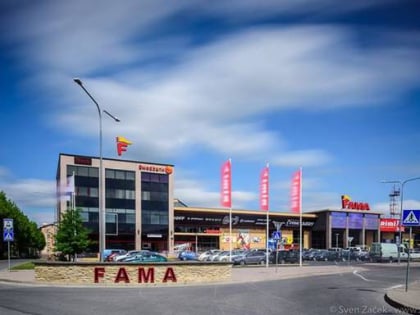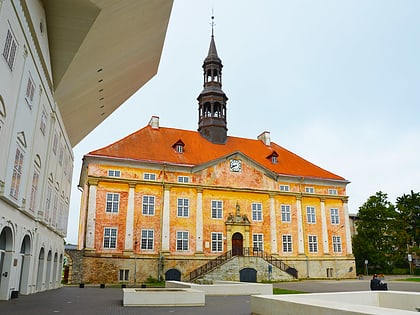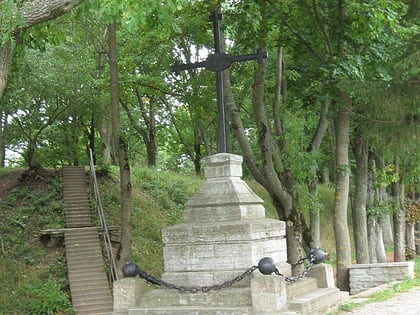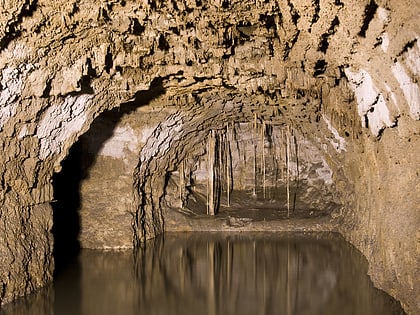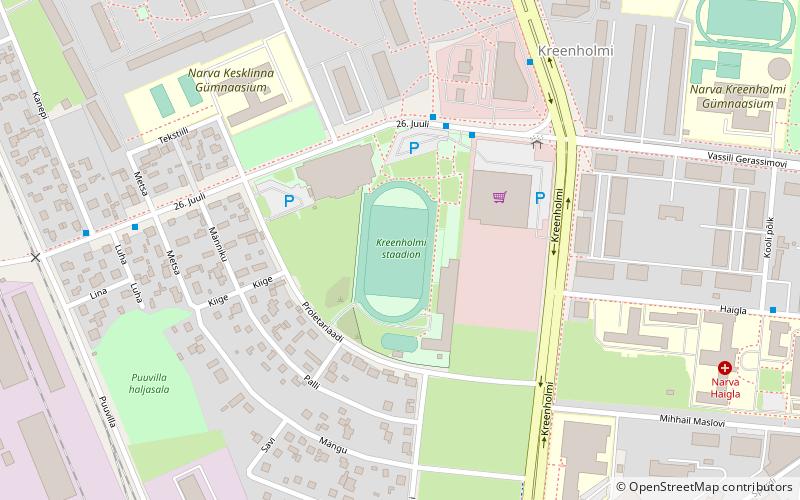Swedish Lion, Narva
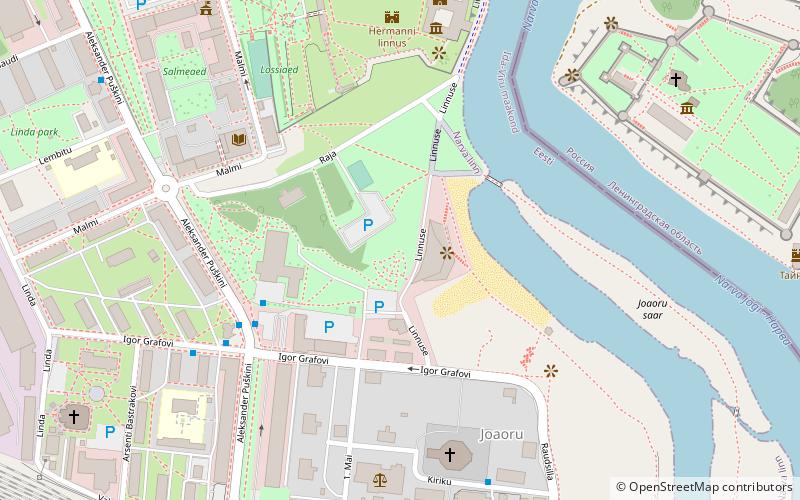

Facts and practical information
Nestled in the heart of Narva, Estonia, stands a significant historical monument known as the Swedish Lion. This poignant memorial serves as a testament to the turbulent history of the region and commemorates the Swedish presence in this part of the Baltic during the Great Northern War.
The Swedish Lion is not just a symbol of the past but also an emblem of resilience and remembrance. It marks the site of the Battle of Narva, which took place on November 30, 1700, where the Swedish army, under King Charles XII, achieved a remarkable victory against the forces of Tsar Peter I of Russia. The monument reflects the valor and the strategic prowess of the Swedes during a pivotal moment in European history.
The lion itself is a powerful and majestic figure, chosen for its association with the coat of arms of Sweden and its representation of strength and courage. It stands guard over the city, a silent observer of the passage of time and the changing tides of sovereignty in Narva.
Visitors to Narva are drawn to the Swedish Lion for its historical significance and its imposing presence. The memorial offers a profound connection to the past, allowing individuals to reflect on the complexities of the region's history and the enduring impact of the events it commemorates.
Narva
Swedish Lion – popular in the area (distance from the attraction)
Nearby attractions include: Narva Museum, Hermann Castle, Narva Waterfall, Alexander's Cathedral.
Frequently Asked Questions (FAQ)
Which popular attractions are close to Swedish Lion?
How to get to Swedish Lion by public transport?
Bus
- Narva Bus Terminal (7 min walk)
Train
- Narva (8 min walk)
